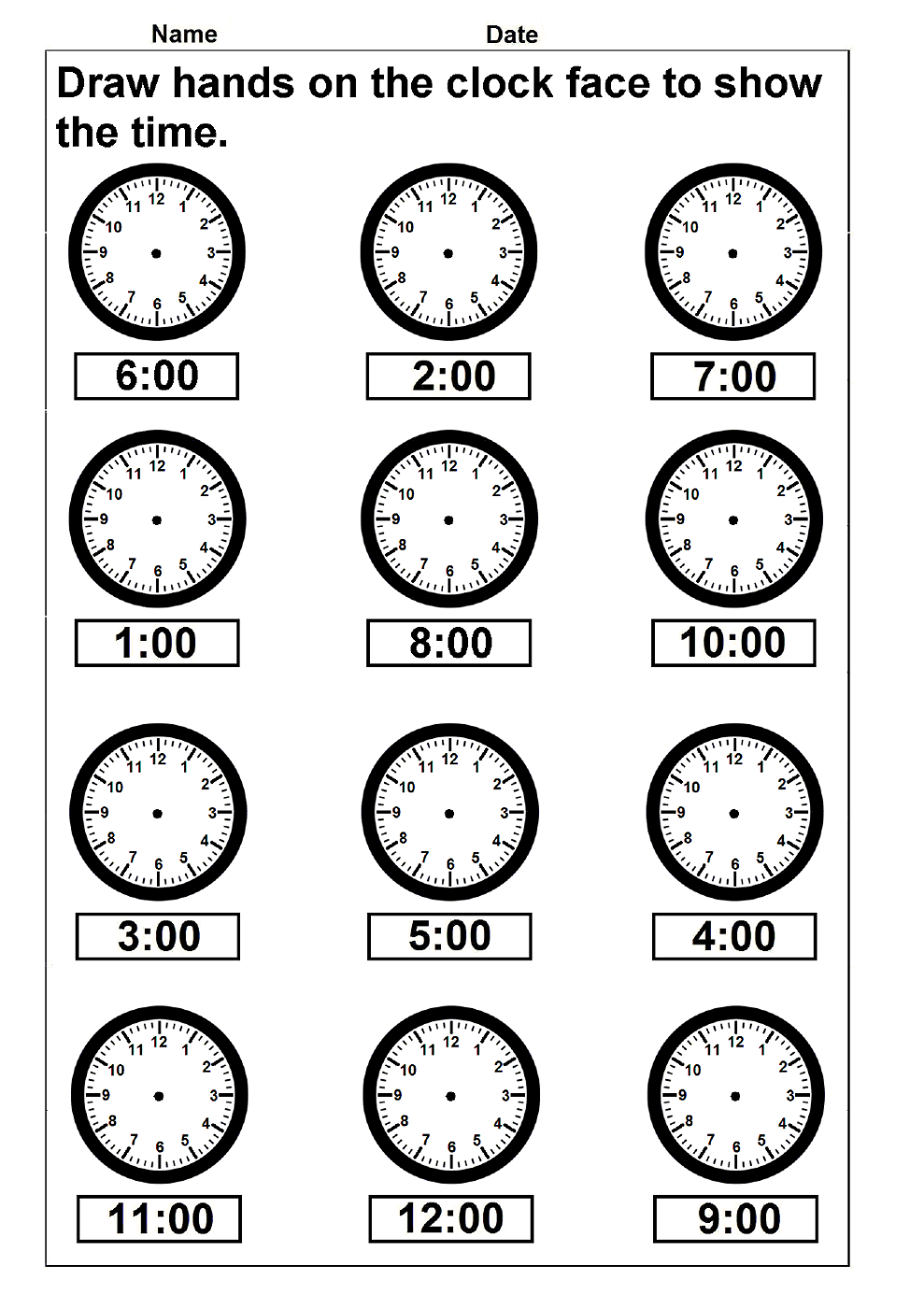

The Greeks and Romans advanced water clock design to include the inflow clepsydra with an early feedback system, gearing, and escapement mechanism, which were connected to fanciful automata and resulted in improved accuracy.

Their timekeeping is governed by a pendulum, but they use water for other purposes, such as providing the power needed to drive the clock by using a water wheel or something similar, or by having water in their displays. Some modern timepieces are called "water clocks" but work differently from the ancient ones. As the container fills, the observer can see where the water meets the lines and tell how much time has passed. An inflow dasher water clock works in basically the same way, except instead of flowing out of the container, the water is filling up the marked container. As the water leaves the container, an observer can see where the water is level with the lines and tell how much time has passed. This container has markings that are used to show the passage of time. In an outflow water clock, a container is filled with water, and the water is drained slowly and evenly out of the container.

There are two types of water clocks: inflow and outflow. If viscosity is neglected, the physical principle required to study such clocks is Torricelli's law.


 0 kommentar(er)
0 kommentar(er)
